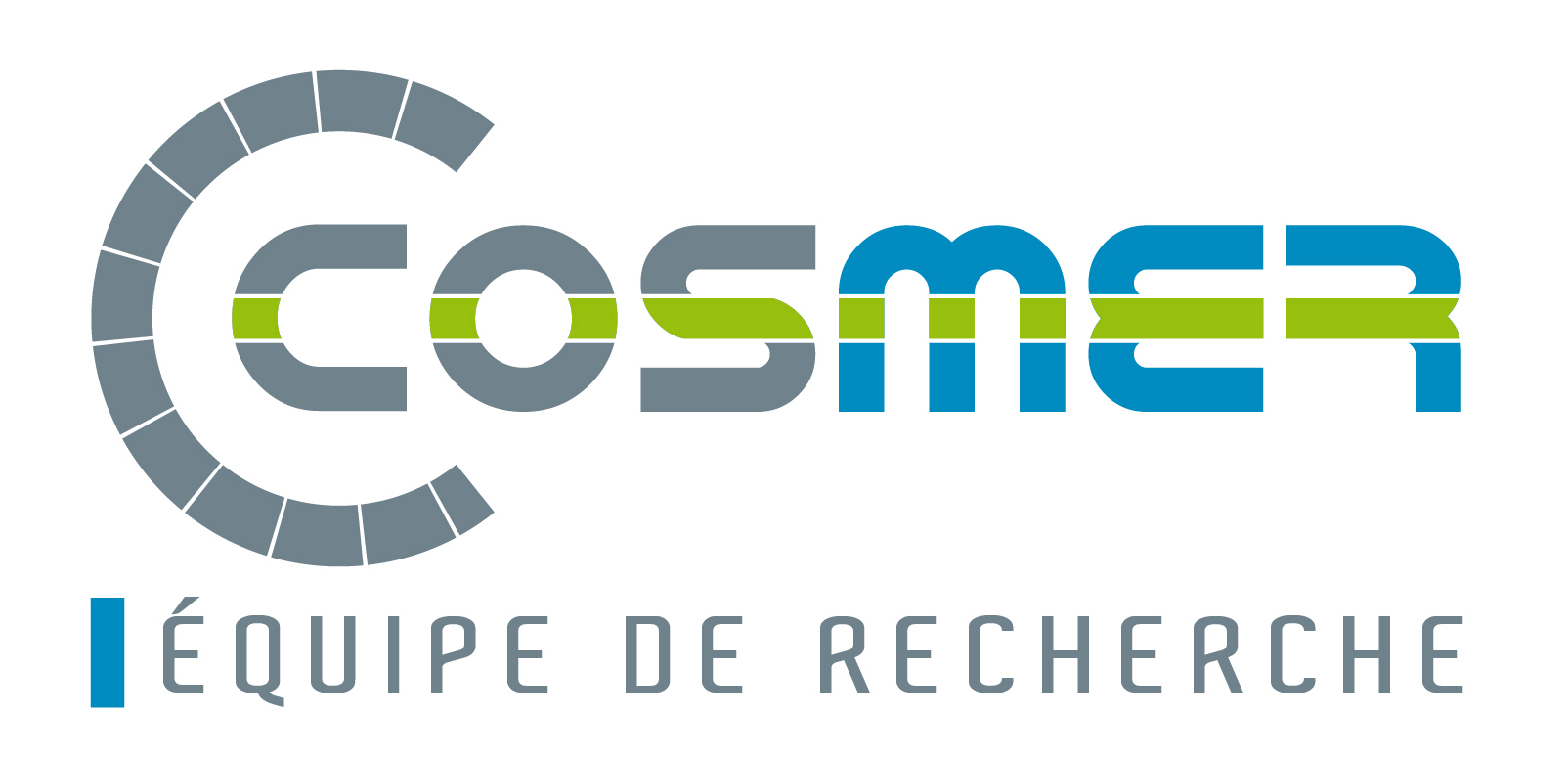Design for Additive Manufacturing Method for a Mechanical System Downsizing
Résumé
Thanks to the opportunities offered by additive manufacturing (AM) processes, design rules are evolving to lead to lighter and stiffer parts with really more complex shapes than those obtained by conventional processes. Worldwide, new tools of assistance to the design are developed, gathered under the naming "Design for Additive Manufacturing" (DfAM). However, most of the DfAM methods suggested in the literature remain focused on only one component and are not considering the product as a system of components. Moreover, optimizations are mainly limited on reducing the mass or the number of parts, and more rarely on adding some functions. In this article, a new approach is presented to realize a multifunctional optimization of a mechanical system (MS). A methodology is first proposed in order to improve a product by using the AM opportunity. Then, to quantify the improvements of an optimized system, a new design indicator appointed "functional improvement rate" is defined. Finally, a case study, applied to a compressed-air Wobbler engine, is presented to demonstrate the relevance of the methodology and the functional improvement rate. The design adapted to traditional manufacturing is compared to a part-by-part optimized design and a multifunctional optimized design, both adapted to additive manufacturing.
| Origine | Publication financée par une institution |
|---|

